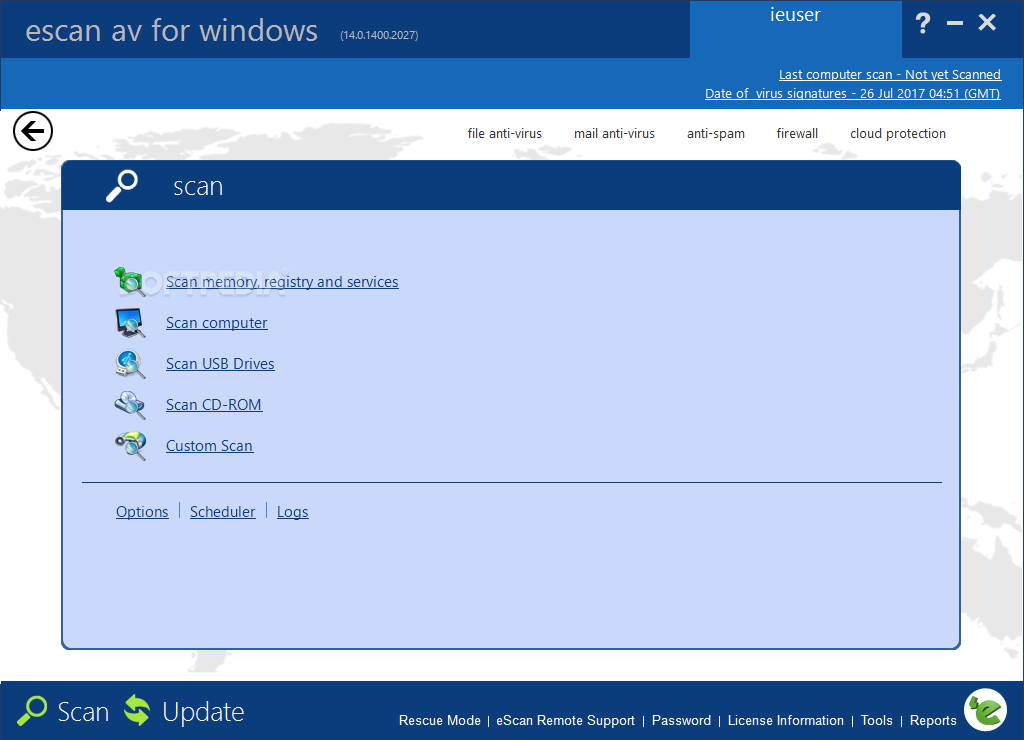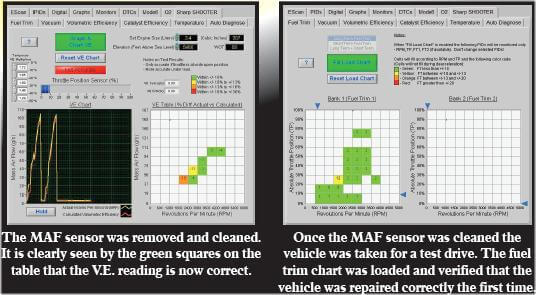
The result is a correct air/fuel ratio, and therefore, normal Fuel Trim values. The MAF reports this low airflow, so the PCM applies a low fuel injector command as well.


The chart below shows how to use test results as part of a larger diagnostic ideology. Therefore, if your results are in this range and the engine runs, verify high Fuel Trim and then diagnose this as a MAF or intake duct fault. However, if it’s a ‘fake’ breathing fault, then Short Term & Long Term Fuel Trim may be able to add enough fuel (often over 50% combined) to keep the engine running.

Very few engines will even run if the actual breathing is under 55%. Use Fuel Trim to determine if this is a real breathing fault or just a sensed breathing fault. This range clearly indicates a breathing problem. The higher the result in this range, the less obvious the symptom, so consider the severity of the fault you are diagnosing before jumping to conclusions. Also consider whether the vehicle is designed for performance, economy, or workload when calibrating your expectations for this test. number of valves, number of cams, use of VVT, use of variable intake). Note that non-turbo engines with very clever engine and intake designs may exceed 100%.

No breathing faults are present, or at least they are so minor that they will not cause a code to set or a customer to report a symptom.


 0 kommentar(er)
0 kommentar(er)
